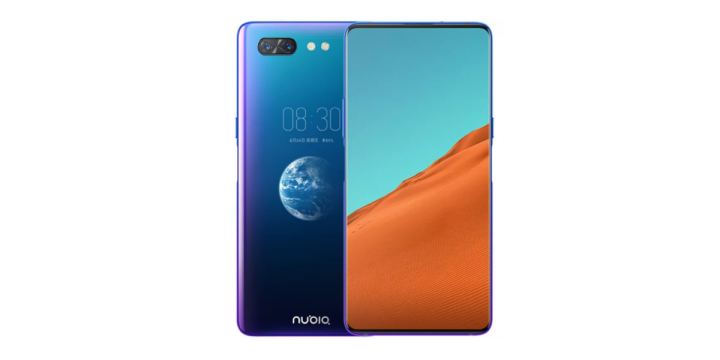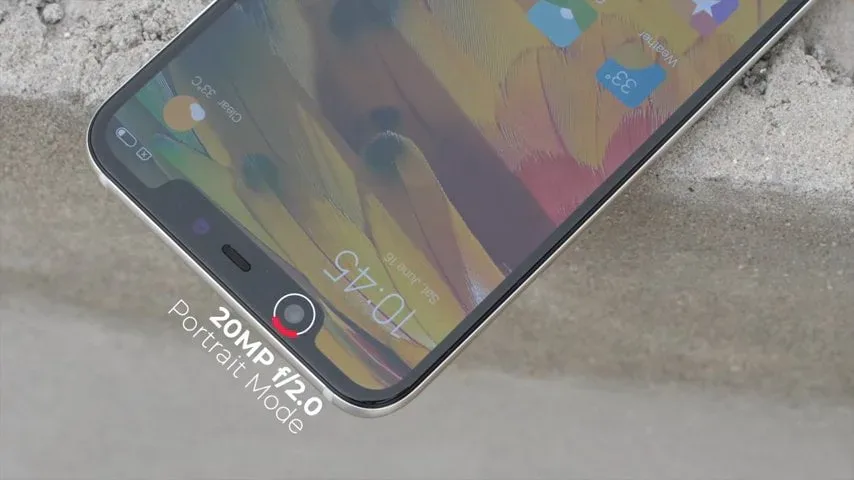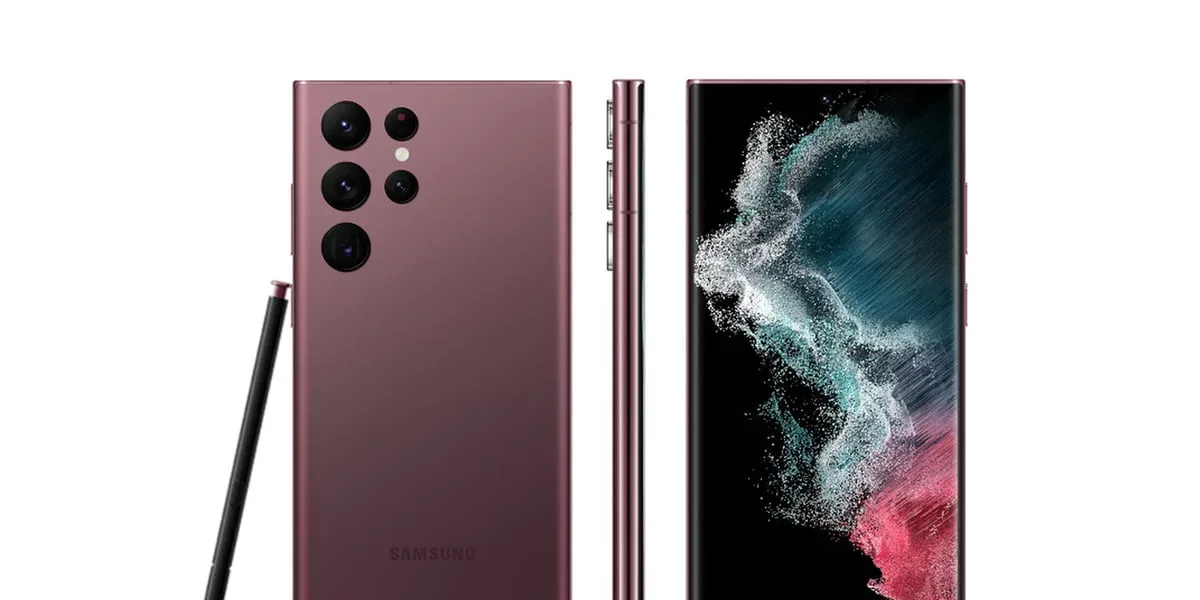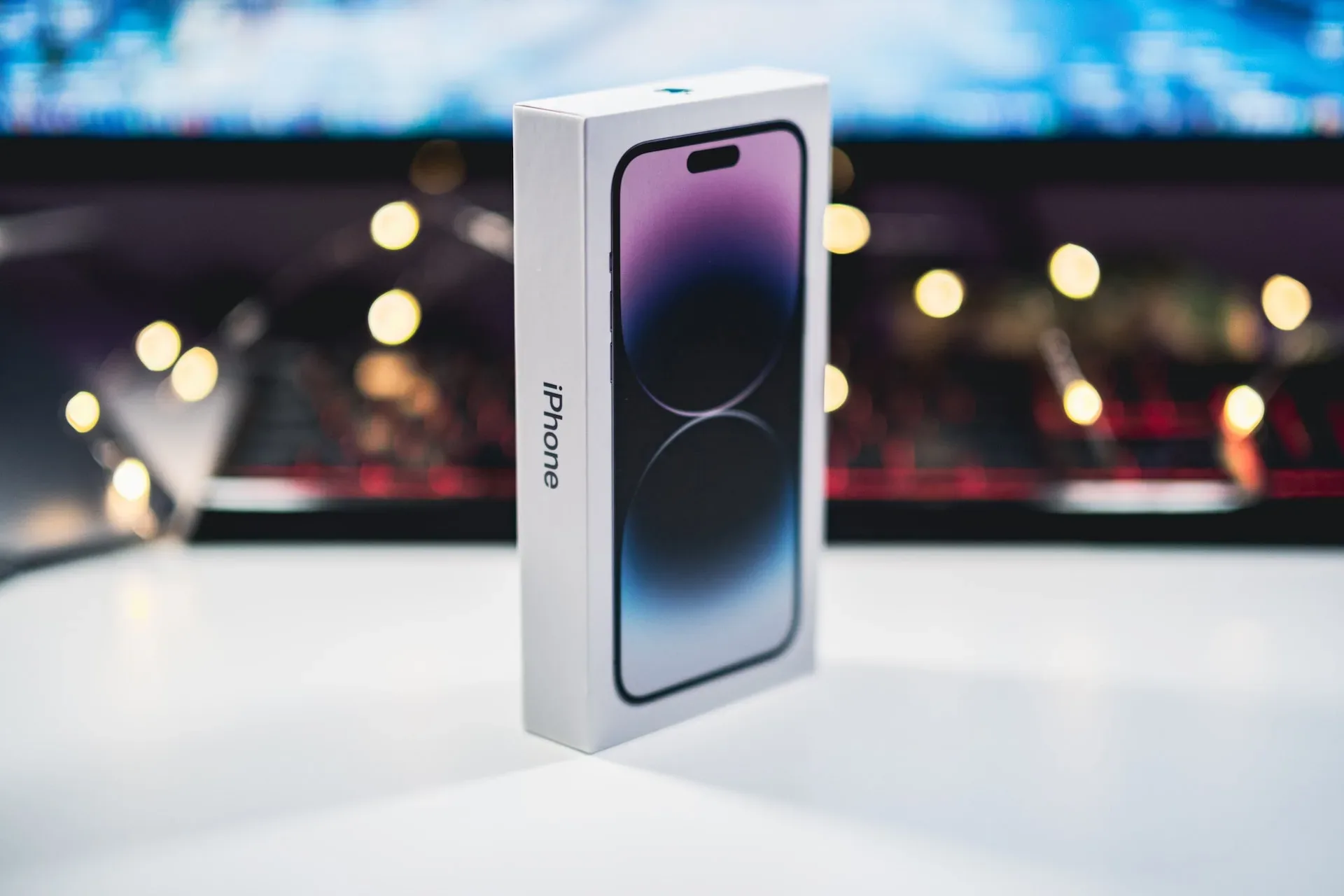Nubia X comes with a secondary colorful display on the back, ditching the selfie camera
From Huawei’s Mate 20 Pro launch to Google Pixel 3 event and Apple’s special event tect0ctober was full of new product announcements. And don’t forget OnePlus 6T launch. Folks at ZTE were rolling up their sleeves to release their new flagship phone, Nubia X. After a series of leaks, ZTE unveiled Nubia X.
Companies are getting rid of chins and bezels. Apple unveiled iPad Pro with all screen display, OnePlus 6T is here with a bezel-less screen, Google Pixel 3 XL also comes with a bezel-less screen, so it’s a technology trend now. Recently, Lenovo Z5 Pro and Xiaomi Mi MIX 3 also unveiled with bezel-less screens. With Nubia X, ZTE solved the “Notch” problem, but it comes with a catch. The Nubia X doesn’t have a front-facing camera. ZTE uses dual screen approach and offers a primary camera as selfie camera in Nubia X.
Remember YotaPhone? It had an e-paper display on the back. Unlike YotaPhone, Nubia X comes with a colored screen on the back. With large bezels around the back display, it lets you take selfies with the 24MP primary camera of the phone by flipping it around. However, the secondary screen isn’t just like the primary one. When turned off, the secondary display vanishes and becomes a shiny back. Here’s the demonstration for the screen.
This is the Nubia X, a dual-screen phone with a very high screen ratio.
Source: Weibo 字幕 GOUBA pic.twitter.com/L2So4FdzNU— PhoneArt (@UniverseIce) October 31, 2018
What’s inside Nubia X?
Nubia X comes with a 2280 x 1080 resolution 6.26-inch sized LCD while the secondary display is an OLED panel of 5.1-inches with a lower resolution of 1520 x 720. The phone is powered by Qualcomm Snapdragon 845 and is available with 6GB or 8GB RAM. Because of two display panels, expect this phone to take more than a usual battery, that’s why it has 3,800 mAh battery. Looking at the software, the ZTE Nubia X runs Nubia UI 6.0 on top of Android 8.1 Oreo which means that the users will have to wait for Android Pie update. The company launched this phone in China, and we are not expecting a global release.
What do you think about this approach to solve the “Notch Problem”? Brilliant or Meh?
Let us know in the comments below!





Share Your Thoughts